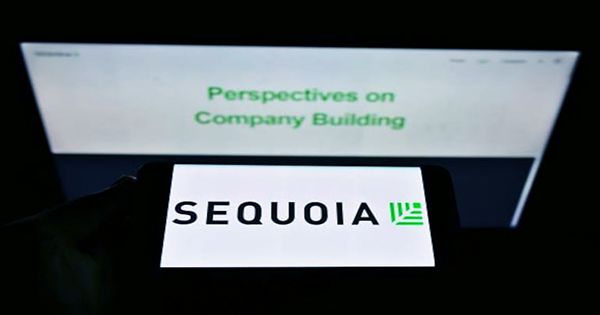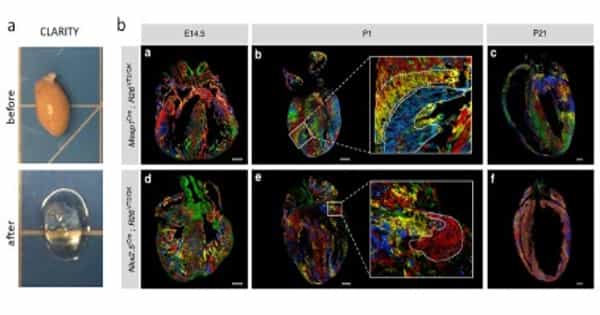Traditional meat production is about as far from being a sustainable process as we can get, but convincing everyone to stop eating “real” meat is a long shot. Animal Alternative is one of several startups using bioreactors and cultured cells to generate meat indistinguishable from animal-based meat, and it wants to enable local producers to do so using a customizable method powered by data and AI.
Animal Alternative, which made its debut at TechCrunch Disrupt Startup Battlefield today, is the brainchild of two Cambridge graduates who met while studying biology there. Clarisse Beurrier and Yash Mishra discovered that they shared a belief that meat production had to be rebooted, and that their skills complemented one another. They decided to form a startup to pursue a novel; data-driven approach to cultured meat manufacturing that may turn it into a software challenge as well as a hardware one.
If you’re unfamiliar with the term “cell-cultured meat,” it’s when cells taken from animal tissue are cultivated in an artificial environment until they’re abundant enough to be termed “a piece of meat.” However, you can’t just throw some beef into a nutrient tank and hope it grows into a 12-ounce steak – replicating tissue in the manner it forms in nature is quite tough. Data, according to Animal Alternative, is the answer.
Mishra came from a facility where bioelectric monitoring of cells and tissues was used for research and medicinal purposes, and he and Beurrier realized that the same approach might be used in meat production. He explained, “We designed tiny bioreactors, smaller than my thumb, that allow us to use little resources while gathering a lot of data, so we can figure out the optimal procedure for creating meat in a sustainable way.”
Monitoring cells for any reason is a difficult proposition that frequently involves slow and outmoded techniques such as staining and sample collection for testing elsewhere. Beurrier noted that their breakthrough is in better real-time cell monitoring technology as well as the quick feedback it provides to steer the entire cell growth process.
“Everything has to be in sync. There are all of these characteristics if our clients wish to manufacture a piece of lamb, for example. “It’s a pretty fluid process,” she explained. Despite their reluctance to divulge too much information about the patent-pending bioreactor, the two revealed that it had sophisticated monitoring and AI-powered feedback.
















